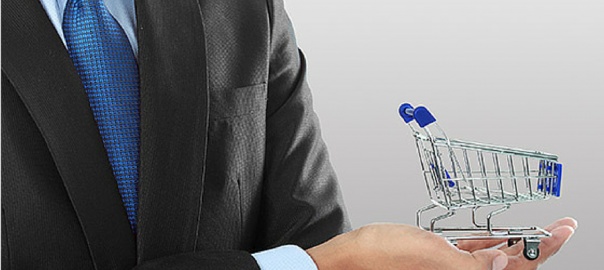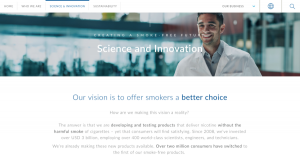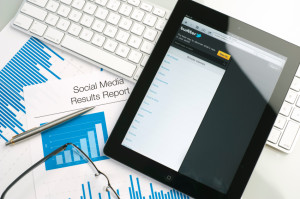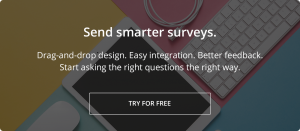Mobile retail technology is essential for retailers to successfully increase basket size. With the variety of options out there, which mobile retail technologies should retailers be using?

Mobile revolution
- The proportion of retail purchases made on a mobile phone or tablet rose to 34% in the first quarter of 2014, from 20% in the same period last year.
- Visits to e-retail websites via mobile devices are also increasing, with 48% now coming via smartphone and tablet devices.
The failing of many retailers is that they still haven’t optimised the current mobile retail technologies available to them – let alone the emerging mobile retail technologies – to help them keep pace with their connected customers.
Traditional methods used by retailers to increase basket size
Established methods of increasing basket size include social commerce and loyalty programs.
Many retailers also successfully:
- Use customer product reviews.
- Offer related product suggestions.
- Cross-sell based on past purchases.
- Target customers with highly personalised marketing.
Here are 8 mobile retail technologies which we believe will drive the biggest profits for multi-channel retailers in the future:
1. Mobile optimised websites
Mobile optimised websites are crucial to your revenue figures. If your shopping basket is not optimised for mobile:
- 30% of shoppers will abandon a purchase and take their custom to your competitors.
- 57% of mobile users will abandon your website if it takes more than three seconds to load.
2. Mobile Point-of-Sale (PoS) – queue busting solutions
With mobile PoS, staff can move through checkout lines with handheld devices to accelerate the checkout process. This mobile retail technology reduces checkout abandonment and enhances the shopping experience for the customer.
In-store tablet solutions are being used by retailers to encourage sales assistants to assist customers with their buying decisions and allow customers to transact anywhere in-store. They also allow retailers to stock their entire ecommerce range in-store, regardless of the floor space available.
3. Integrated and standalone kiosks
Using in-store kiosks, customers can browse and shop entire product ranges in-store and gain access to more in depth product information.
Retailers can avoid showrooming and price comparisons by offering customers a convenient and faster way to shop in-store.
4. Free Wifi
Offering free Wifi in stores can enhance the customer’s experience. And for the retailer, it provides the ability to generate data on footfall and communicate directly with customers. This has been widely welcomed by customers – 74% of respondents are happy for a retailer to send a text or email with promotions while they’re using in-store Wifi.
Tesco, John Lewis, Asda and Argos are all blazing the trail…
5. Beacon technology
Beacons are a low-cost piece of hardware — small enough to attach to a wall or countertop — that use battery friendly, low-energy Bluetooth connections to transmit messages or prompts directly to a smartphone or tablet.
This in-store mobile retail technology provides retailers with the opportunity to enhance the shopping experience, often with special offers and discounts. Beacons can help the retailer upsell to the customer by directing them to specific sections of the shop and suggesting products.
They can also provide further product information and display store guides. They allow customers to share products through social media, save products for later and even call for assistance in-store!
6. Digital signage – social and interactive walls
Social and interactive walls enable shoppers to broadcast their in-store and shopping experiences over social media; for example, tagging products they’ve purchased.
Using this digital signage in your store can help to break down barriers to conversation and drive interaction between sales assistants and customers, in turn supporting assistive selling through in-store technology.
This technology has huge potential to drive sales: but British shoppers lag behind when it comes to using social channels to shop in malls, according to recent research.
7. QR codes on products
A QR (Quick Response) code is a 2-dimensional barcode that can be scanned with a mobile device (e.g., smartphone). Shoppers simply scan it with their mobile device and it can provide information such as text or videos, or direct them to a specific web page. QR codes can even be used for competitions.
Benefits to customers using QR codes include access to:
- Mobile sites.
- The latest prices.
- The latest promotions.
- In-depth product information.
63% of QR code users are men. 25-34 year olds of both genders are most likely to use QR Codes, with 18-24 year olds taking second place.
8. Wearable technology
The retail world is also benefiting from wearable smart tech, specifically where productivity is concerned. Wireless headsets, wearable wrist displays and technology lanyards all allow employees to access information on-the-go. Store workers can now look up the information they need without abandoning the customer or visiting a stationary terminal.
Takeaways:
Our 8 top picks for the mobile technology to drive increased basket size are:
1. Mobile sites
2. Mobile Point-of-Sale (PoS) – queue busting solutions
3. Kiosks
4. Free Wifi
5. Beacon technology
6. Digital signage – social and interactive walls
7. QR codes on products
8. Wearable technology
Discover more about the importance of omni-channel. Download the guide: What is omni-channel?
This post first appeared on the Sanderson blog
(971)
Report Post







